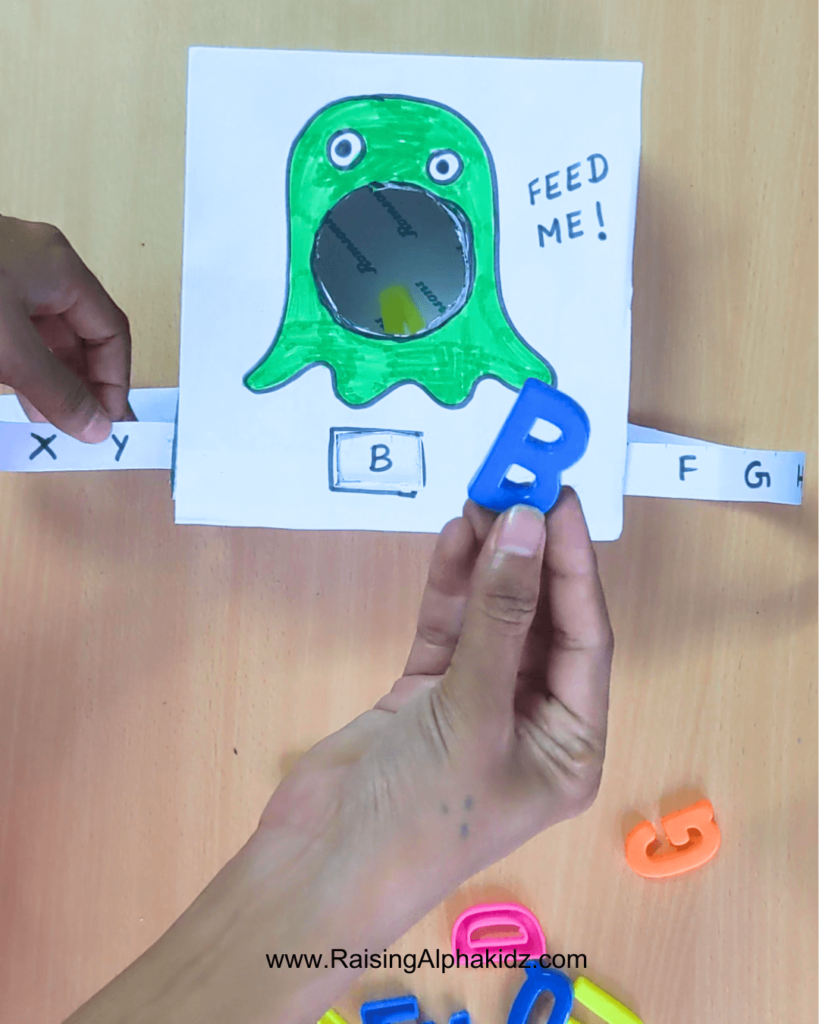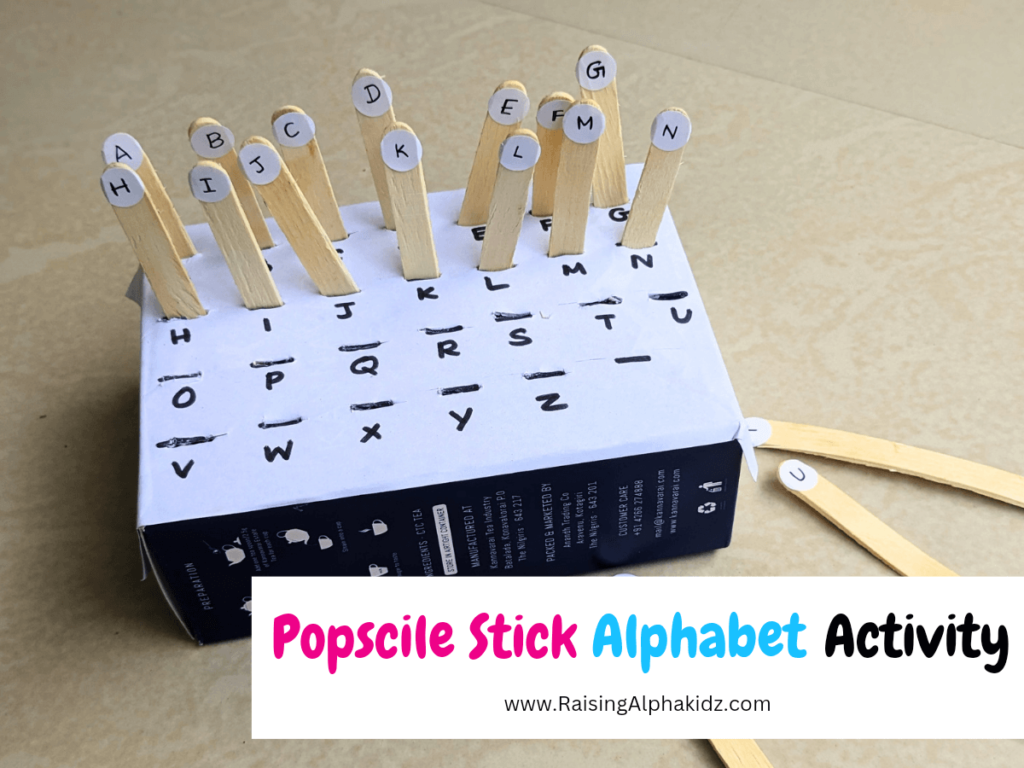Match Uppercase and Lowercase Worksheets For Kindergarten
For the past few weeks, I taught my kid to learn alphabets. We both enjoyed reciting letters from A to Z with fun examples like A for Apple and B for Ball. After learning alphabets from A to Z, my kid started recognizing and reading letters she saw around her. But in the real world, words are written in a mix of uppercase and lowercase letters. Some lowercase letters look very different from their uppercase versions, so she began asking questions about them. That’s when I realized it was the right time to move on to teaching capital and small letters by matching uppercase and lowercase alphabets with free printable worksheets.
Alphabet Worksheet Series – Free PDF
Alphabets Practice Sheets in Gradual Learning Order
- Learning Alphabets
- My First Alphabet Poster pdf
- Spot and circle letters in a jumble.
- Tracing / Writing Alphabets
- Tracing uppercase letters worksheets
- Tracing lowercase letters worksheets
- Copy Writing Alphabets
- Alphabetical Order
- Fill in the Missing Letters – Complete the A–Z sequence.
- Color & Learn A–Z : Alphabet coloring pages.
- Uppercase Lowercase Letter
- Match Uppercase and Lowercase Letter worksheets
- Letters and Phonics
- Learning Words
- I Spy Words worksheets
- Sight Words Worksheets
Age Suitability
- 4–5 years /Kindergarten
- Once children know both forms of letters.
List of Uppercase To Lowercase Alphabets Match Worksheet in Pdf
- Worksheet 1 – Uppercase to Lowercase Letter A to H
- Worksheet 2 – Uppercase to Lowercase Letter I to P
- Worksheet 3 – Uppercase to Lowercase Letter Q to Z
How to Match Uppercase To Lowercase Letters in Worksheets
Step 1: Learning Alphabets

Before matching capital to small letters alphabets, teach uppercase alphabets and their corresponding lowercase alphabets using the alphabet poster.
Download Free Alphabets Poster For Early Learners
Once kids understand both clearly, move on to the matching worksheets.
Step 2: Download Uppercase To Lowercase Letters Matching Worksheets
Download the alphabet uppercase to lowercase letters matching free worsheets, then print them on a sheet of paper.

Step 3: Matching Capital To Small Letters
Give your child a worksheet and ask them to match with a pencil or crayon.

Step 4: Matching Alphabets Worsheets 1 to 3
Start with Worksheet 1 (A–H). After completion, gradually move to Worksheets 2 and 3.

You Might Also Like: Matching Alphabets To Pictures Worksheets
While matching, recite each alphabet aloud. You can also introduce phonics and ask kids to say the phonics sound while matching.

Step 5: Learning Mirror Image Letters
Children often confuse b, d, p, q because they are mirror images and rotations of each other.
Step 6: Differentiating Alphabet Look-Alikes
Teach with visual cues, use finger tracing and Place a b–d–p–q poster on their desk for easy recall of mirror image letters.
Think of the letters as characters with a story:
- b – “The bat (stick) comes before the ball (circle).”
- d – “The drum (circle) comes before the drumstick (stick).”
- p – “Go down the pole (stick) and then draw the pocket (circle).”
- q – “Looks like an a with a tail.”
Kids remember better when it’s playful.
The letter E is the King of the English alphabet! It’s the most used letter in all words, appearing more than any other. About 1 in every 8 letters we write is an E.
You Might Also Like: Methods to Teach Kids To Write
FAQ
Uppercase letters are the big/capital letters used at the beginning of sentences or names.
A B C D E F G H I J K L M N O P Q R S T U V W X Y Z
Lowercase letters are the small letters used in most writing.
a b c d e f g h i j k l m n o p q r s t u v w x y z
Uppercase letters are capitals which came from stone carvings whereas Lowercase Alphabets are small letters came from handwritten script for speed and ease.
Benefits of Learning Uppercase and Lowercase Letters
- Kids learn spacing, sentence structure, and grammar by using both forms.
- Matching uppercase to lowercase builds visual discrimination, helping children spot differences and similarities while reading or writing a sentence.
- Strengthens memory, pattern recognition, and symbol association.
- Teaches capitalization rules such as names and beginnings of sentences.
- Builds a foundation for clear writing and fluent reading.
Amazing ABC Facts Every Child Should Know
- 26 Letters in the Alphabet – Tell them there are 26 letters in English, each with an uppercase and lowercase form.
- First and Last Letters – A is the first letter, Z is the last.
- Last Added Alphabet – The letter J was the last to be added (in the 1500s). Before that, “I” and “J” were the same!
- Most Used Letter – E is the most common letter (appears in almost every word).
- Least Used Letter – Z is one of the rarest letters in English.
- Vowel Family – A, E, I, O, U are vowels – they give words their voice!
- Consonant Team – The other 21 letters are consonants.
History Of Alphabets
Uppercase (capital) letters came first. They evolved from ancient Roman inscriptions carved in stone, which used only large, uniform letters (like today’s capitals).
Lowercase (small) letters developed later during the Middle Ages, when scribes wrote faster with pens on parchment. Over time, rounded and simpler forms of capitals evolved into today’s lowercase letters.
Free Download Uppercase Lowercase Letters Matching Worksheets
Subscribe To Newsletter
Submit your email id to get Alphabets Learning Worksheets Bundle directly to your mail box.
Your message has been sent
Other Alphabets Activities To Try Out



Explore: Alphabets Activities Archive

